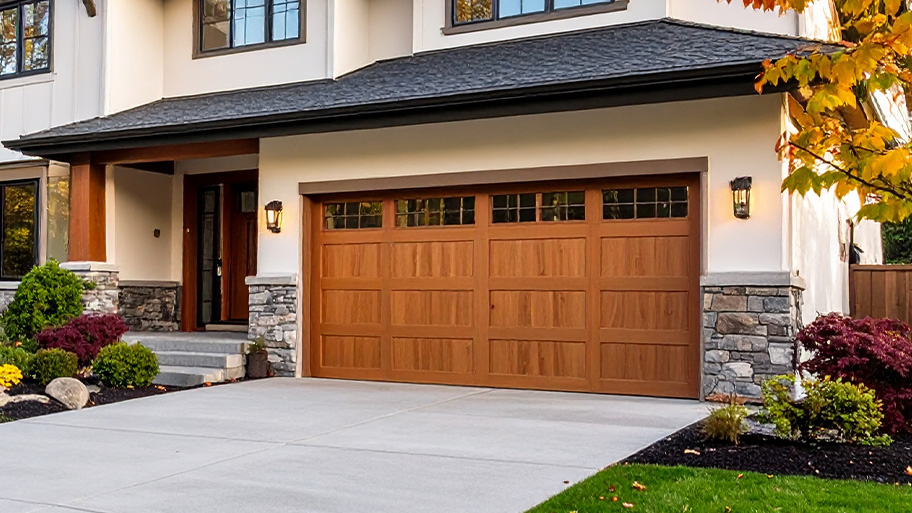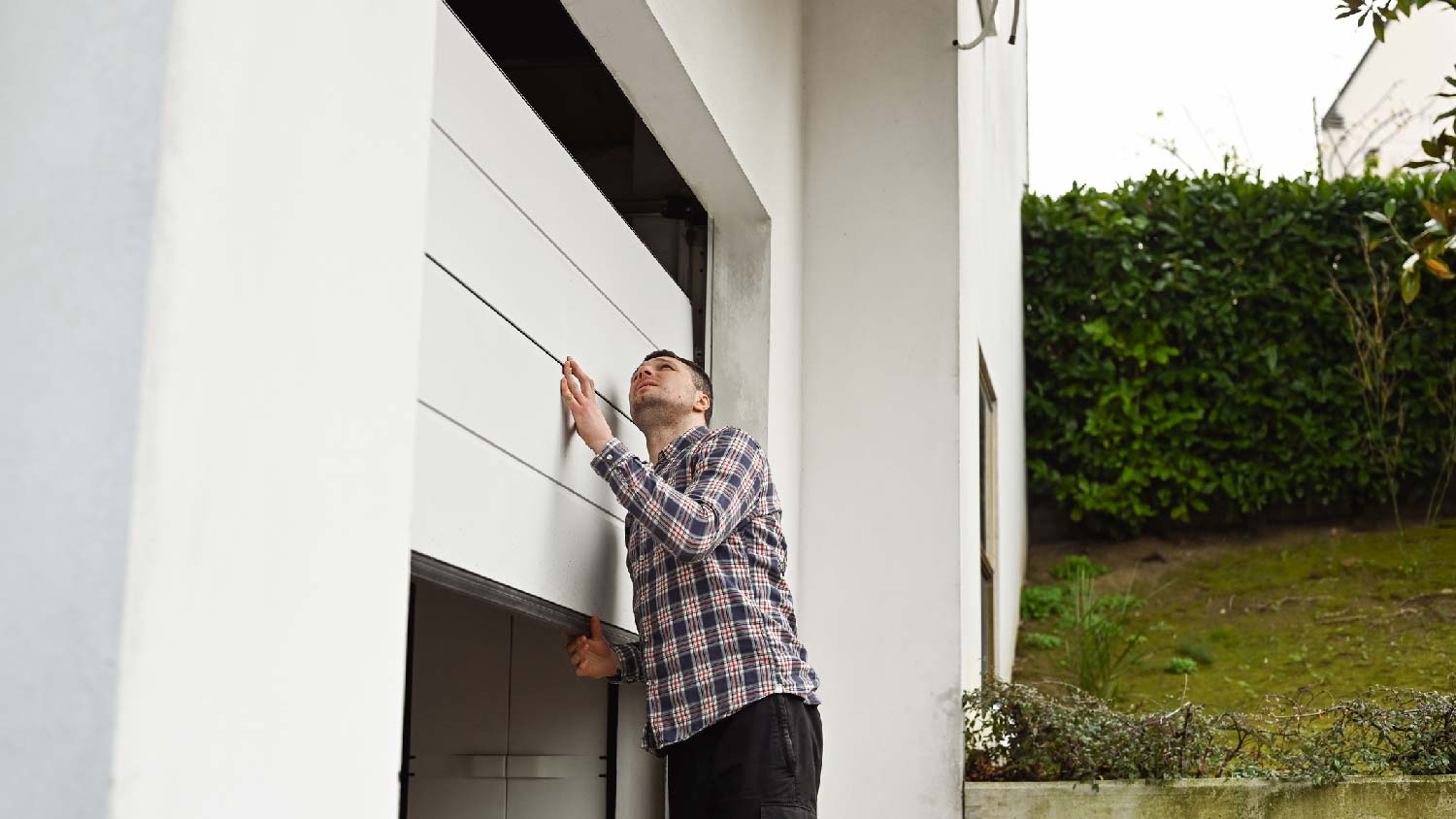
Replacing a garage door sensor is one of the least expensive fixes for a garage door. Learn how you may not need to totally replace it if it only requires an alignment or cleaning.
No power? No problem


Automatic garage doors are great. But like all devices, they are never 100% fail-proof. Knowing how to open your garage door without power could be useful during a power outage or emergencies for you to get your car in or out of the garage. Fortunately, most people can open a garage door without power quite easily as long as they know what to do.
You can only open garage doors manually from the inside of the garage. This means you must have a secondary entry point, such as a pass door or a man door, to let you get to the mechanism. A man door, as the name suggests, is a standalone door often added to the side of a garage. Meanwhile, a pass door is built into the garage door. Both also provide an additional layer of safety as they can serve as emergency exits if needed.

Find the door trolley. It’s the garage door part connecting to both the door and the garage door opener carriage. It moves as the door opens and closes, so disengaging the trolley will allow you to operate the door manually. You should see a red rope hanging from the trolley; that’s your emergency release cord. When your garage door is down, the rope should be somewhere near the front of the door. Pull the cord all the way down and now your garage door can be operated by hand.

Lift the door up using the handlebar at the bottom. While doing this, pay attention to any unusual noises because that could indicate other problems with your door. If you cannot lift the door at all, don’t try to force it open. Chances are you have a faulty spring. If that’s the case, hire a garage door repair company. Don’t try to disengage the spring yourself. It is loaded with a high amount of force and impact and can cause severe bodily injuries if you don’t have professional knowledge on how to inspect or repair the spring safely.
Once your door is open, pull it all the way back down. Go inside and now pull the emergency release cord toward the door. This compresses the spring and reconnects the trolley and the opener properly. Now, run the opener on a complete cycle (all the way up and then down). You should hear a loud click: that’s your trolley and opener reconnecting.
Never disengage your opener while the door is open. If your garage door won’t close, call a professional. When the door is open, the spring is packed with immense pressure. Therefore, disconnecting the opener can be extremely dangerous as the door can slam down.
Another common mistake is forcing the door to open. If your door still won’t go up after disconnecting it from power, or you have to put in a lot of effort to push it up, it’s best to call someone for an inspection. Faulty garage doors continue to build up more tension between their parts and will eventually break, causing excessive damage or even bodily injury due to their weight.
From average costs to expert advice, get all the answers you need to get your job done.

Replacing a garage door sensor is one of the least expensive fixes for a garage door. Learn how you may not need to totally replace it if it only requires an alignment or cleaning.

This guide will help you determine the true cost of installing garage door openers. You’ll need to consider type, horsepower, and other factors.

Replacing a garage door is necessary to add security and value to your home. Learn how each door type affects the total cost of this project.

Don’t let garage door issues leave you and your car stuck inside. Learn how to fix the 10 most common garage door problems with our tips and advice.

Is your garage door opening by itself? Learn the common causes behind this issue and learn how to fix them so your garage door stays secure and functional.

A garage door sensor not working can be from obstructions, debris, electrical issues, and more. Read on to learn why your garage door sensors are not working.